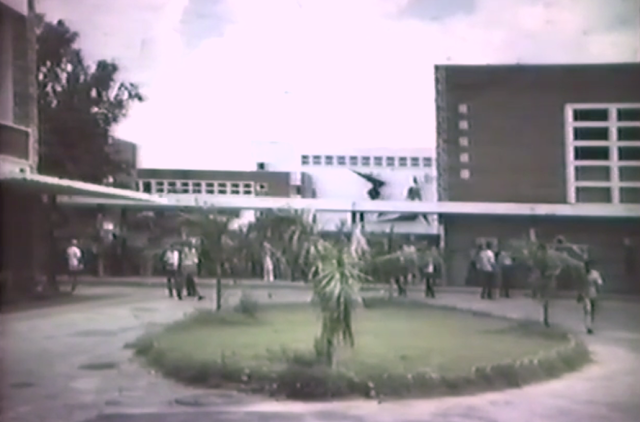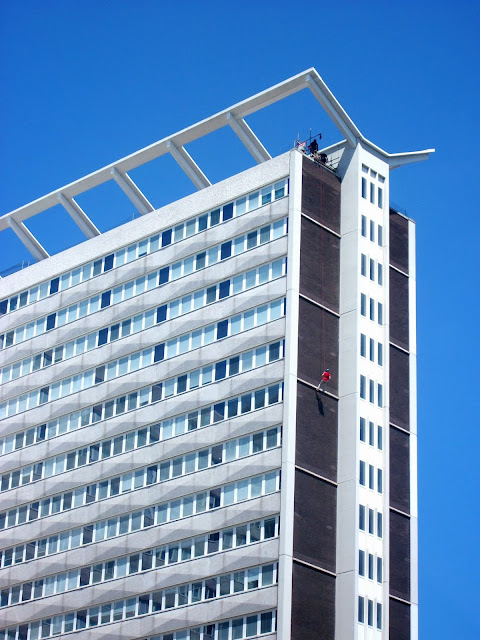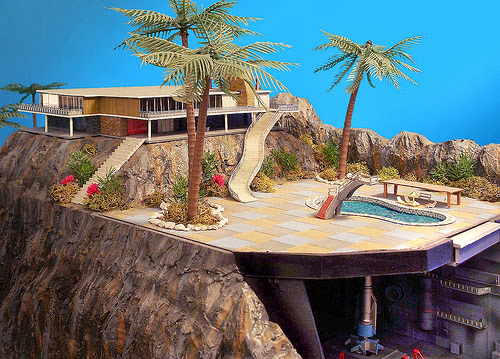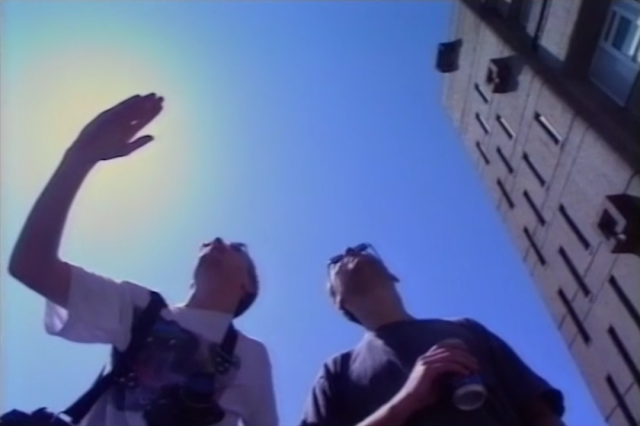Jane Drew and Maxwell Fry talk Chandigarh
This is a quite incredible film. A lecture given by Jane Drew to the AA in 1983 on her work at the Indian city of Chandigarh with her partner, Maxwell Fry. Fry is there too, but until the Q&A session at the end of the film is a very brief presence.
It's hard not to be immediately charmed by the indomimatable force of Jane Drew and her drily witty partner. It's full of incredible quotes and sideswipes, my favourite being Fry on their battles with Le Corbusier.
The whole project of Chandigarh, a modernist city like Brasilia, is a remarkable thing. And Drew is bracingly honest about the successes and failures. Critical of Le Corbusier's obsession with concrete, so many times more expensive than brick, and often poorly made; critical of the designs of their peers or themselves that failed for naive misunderstanding of climate, behaviour or culture; full of praise for the irrigation system, without which the city would have been impossible; despairing about the rigidty of the rules they worked under, which specified urban motorways where no cars were driven.
The film is an incredible piece of history: the culture clash between Drew, Fry and Le Corbusier, and the bigger one they would all face with the Indians themselves; of high-handed westerners attempting to create a city in a country they know very little about, and whose culture they have failed to grasp; of ideals facing compromises, and of the legacy of those big decisions.
Drew apologises about the quality of their ropey slides, and for the fact that we're seeing these projects before irrigation and planting had changed the entire landscape. She apologises too for the uncompromising brutalism of the unlived-in buildings, soon to be cheered up by their residents. Most of all she is saddened by the poverty of the region, the scale of homelessness which they cannot hope to out-build, and the failure to solve the problems and meet the demands of the people who lived in this new city.
It would make an incredible novel or film. What's missing, of course, is the Indian perspective on all of this. But as a lecture from architects engaged on this crazy project, this couldn't be better or more fascinating. These days the city is revered as a centre of modern design and as one of the happiest in India, according to a survey by LG, and the wealthiest too. What a fantastic record this film is. At almost two hours long it's well worth a watch.
It's hard not to be immediately charmed by the indomimatable force of Jane Drew and her drily witty partner. It's full of incredible quotes and sideswipes, my favourite being Fry on their battles with Le Corbusier.
'I had to fight him [Le Corbusier] because he is a little bit of a megalomaniac. I said, a city should be made by several people, not one. And, in any case, we're here.'
The whole project of Chandigarh, a modernist city like Brasilia, is a remarkable thing. And Drew is bracingly honest about the successes and failures. Critical of Le Corbusier's obsession with concrete, so many times more expensive than brick, and often poorly made; critical of the designs of their peers or themselves that failed for naive misunderstanding of climate, behaviour or culture; full of praise for the irrigation system, without which the city would have been impossible; despairing about the rigidty of the rules they worked under, which specified urban motorways where no cars were driven.
The film is an incredible piece of history: the culture clash between Drew, Fry and Le Corbusier, and the bigger one they would all face with the Indians themselves; of high-handed westerners attempting to create a city in a country they know very little about, and whose culture they have failed to grasp; of ideals facing compromises, and of the legacy of those big decisions.
Drew apologises about the quality of their ropey slides, and for the fact that we're seeing these projects before irrigation and planting had changed the entire landscape. She apologises too for the uncompromising brutalism of the unlived-in buildings, soon to be cheered up by their residents. Most of all she is saddened by the poverty of the region, the scale of homelessness which they cannot hope to out-build, and the failure to solve the problems and meet the demands of the people who lived in this new city.
It would make an incredible novel or film. What's missing, of course, is the Indian perspective on all of this. But as a lecture from architects engaged on this crazy project, this couldn't be better or more fascinating. These days the city is revered as a centre of modern design and as one of the happiest in India, according to a survey by LG, and the wealthiest too. What a fantastic record this film is. At almost two hours long it's well worth a watch.




























Do you by any chance know the name of the book/author she mentioned in the beginning that's supposed to be good on this topic? I can't quite make it out. Thank you for posting this!
ReplyDelete